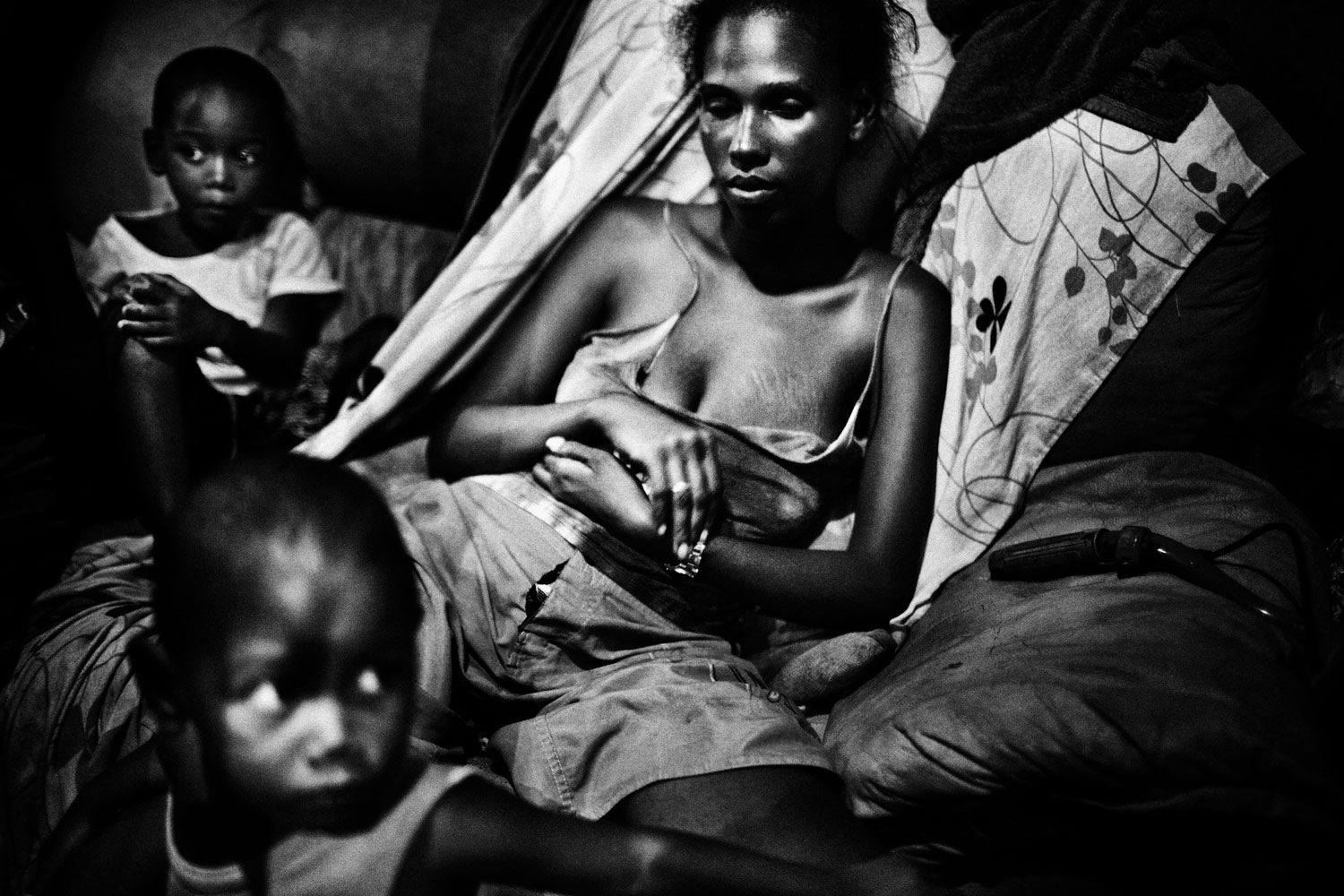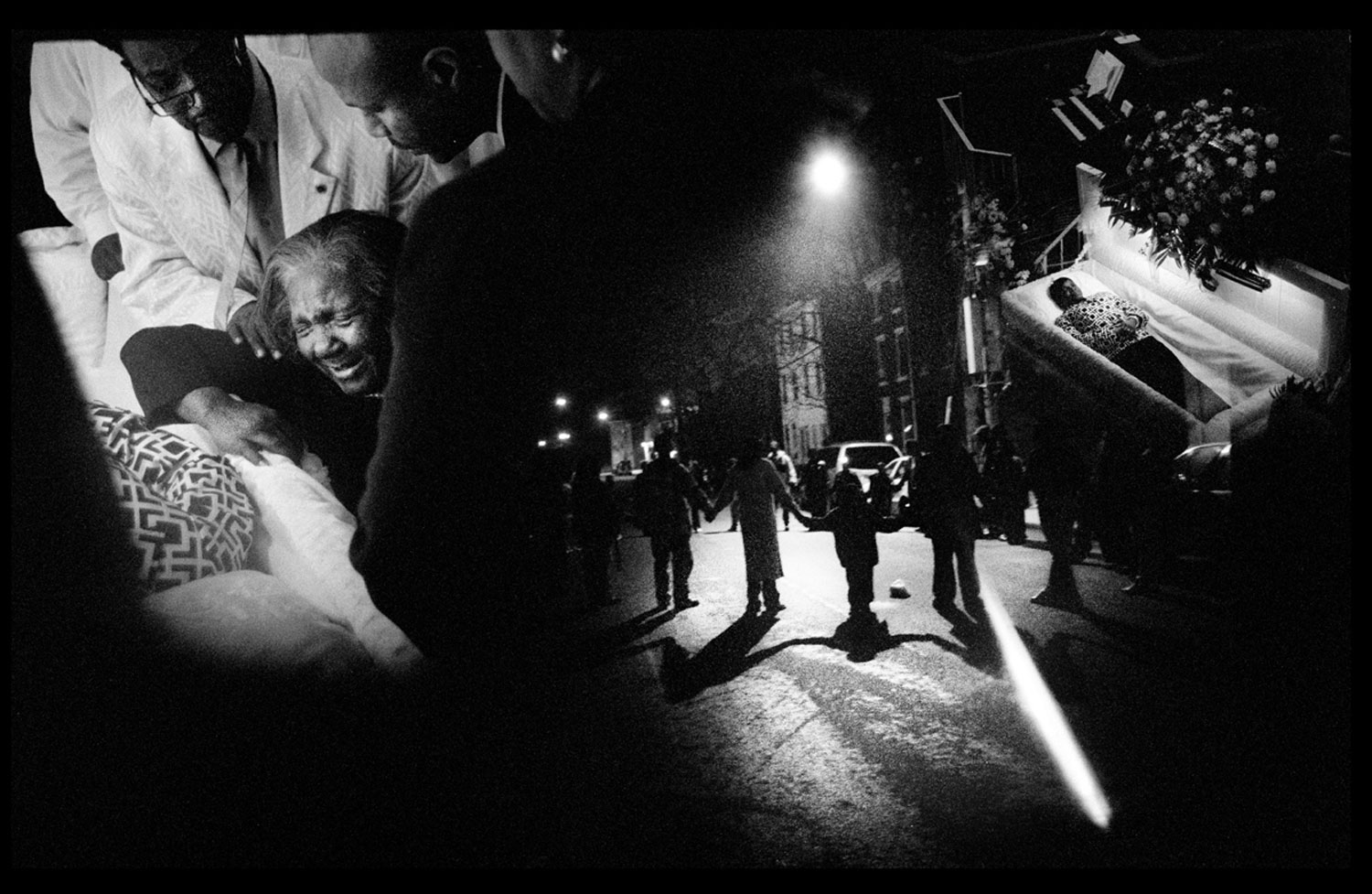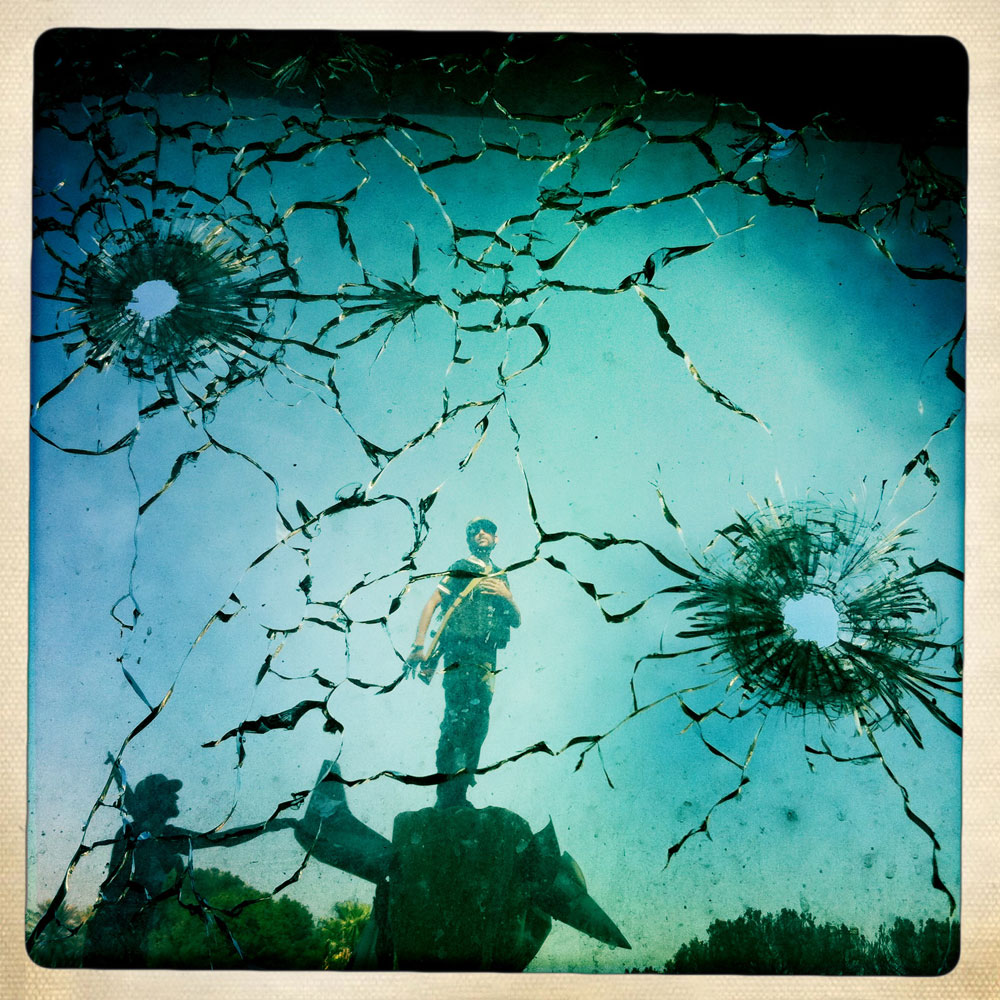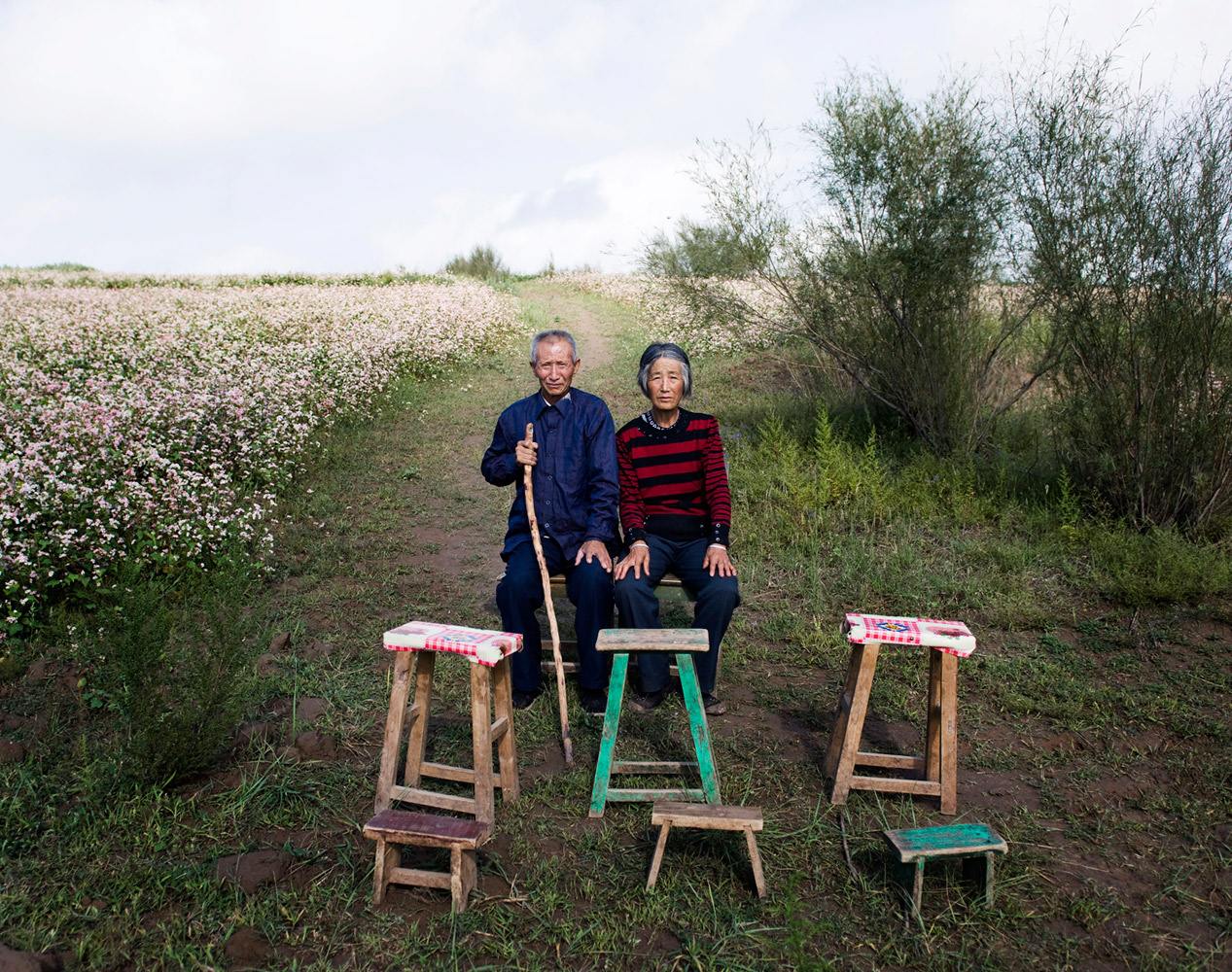
The Magnum Foundation Emergency Fund has made an exclusive announcement to LightBox disclosing the winners of its 2012 grants. The fund, which began in 2009, awards the annual prize to photographers from around the world who use their cameras to shed light on underserved issues and communities.
This year’s winners are:
Evgenia Arbugaeva for Tiksi, the Far North
Rena Effendi for Capturing Coptic Life: Egypt’s Sectarian Struggle
Eric Gottesman for Baalu Girma
Sebastian Liste for The Brazilian Far West
Benjamin Lowy for iLibya: Libya’s Growing Pains
Justin Maxon for Fallen Not Forgotten
Donald Weber for War is Good*
Paolo Woods for Poor Rich
The eight grantees were selected from a field of nearly 100 photographers nominated by ten professionals (including, in the past, TIME’s own director of photography, Kira Pollack). The winners will receive, along with funding, editorial guidance and research support to continue their work, which explores such diverse topics as peasant works in China and violence in the Pennsylvania projects.
The Emergency Fund, which was founded to counteract the shrinking of opportunities for long-form, socially-conscious photographic storytellers, is now in its third year of granting prizes. The program continues to grow, says Emma Raynes, the Emergency Fund’s program director. “We’ve been able to put more energy into helping photographers put depth into their work,” she says. Increased integration of social media has also made a difference; the Emergency Fund had already used Kickstarter to add to its power to help photographers, but the organization has expanded its presence on Twitter, Facebook and Tumblr.
Raynes says that this year’s winners tended to step away from traditional documentary and photojournalism styles and put a new emphasis on creative visual language. Benjamin Lowy, for example, made use of the Hipstamatic iPhone app in his photographs of Libya. “We wanted to invest in projects that were incredibly ambitious,” says Raynes.
In addition to funding the work of established photojournalists, the Magnum Emergency Fund awards scholarships to emerging photographers from nonwestern countries, for them to attend a 5-week summer program about documenting human-rights issues.
The 2012 Human Rights Fellows are:
Poulomi Basu, 29, of India
Arthur Bondar, 28, of Ukraine
Liu Jie, 30, of China
Pooyan Tabatabaei, 28, of Iran
And for all its support of photographers, the Emergency Fund aims to do more than help them do their work. The Foundation wants “to reach beyond the photography community into communities that are concerned about the issues,” says Raynes. “The main goal of our program is to get the work seen.”
Read more about the Emergency Fund on LightBox here.













More Must-Reads from TIME
- Donald Trump Is TIME's 2024 Person of the Year
- Why We Chose Trump as Person of the Year
- Is Intermittent Fasting Good or Bad for You?
- The 100 Must-Read Books of 2024
- The 20 Best Christmas TV Episodes
- Column: If Optimism Feels Ridiculous Now, Try Hope
- The Future of Climate Action Is Trade Policy
- Merle Bombardieri Is Helping People Make the Baby Decision
Write to Lily Rothman at lily.rothman@time.com